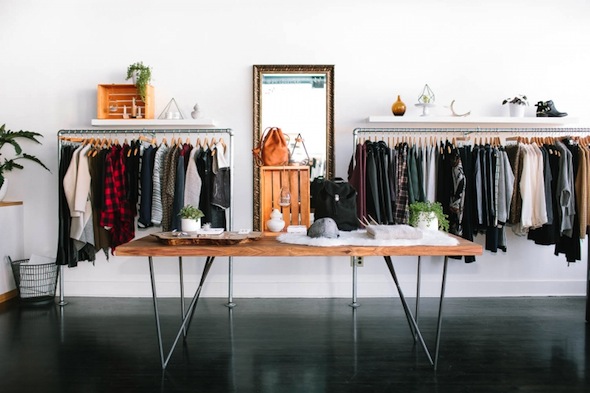Boutique stores, as you know, specialise in niche markets and sell in small quantities when compared to retail stores. They may be small in size, scope and inventory but can be extremely valuable in presenting your products as exclusive or help you cater to a more close-knit community where word-of-mouth travels faster.
Selling products for resale to boutiques has quite a few pros. These include easy access to the buyer or decision-maker (who is often also the owner) and the ability to build a more personal relationship with the buyer. Boutiques stock a smaller variety of products, and their customers thus visit because they have specific needs (in contrast to big department stores with a bit of everything). This ensures that customers are more likely to be interested in what you have to offer and purchase it.
If you want to get your sales going in boutique stores, here are some easy steps you can take today:
Before you start…
Hopefully you’ve already done your research on the type of boutique stores you want to approach doing anything else. Your research should have included what the boutiques’ target markets look like and what their current inventory looks like. How they price their products and what kind of niche market they fall into should also have been top of your list of things to know. All of this and more will help you discover whether your products align with a particular boutique’s vision. If it doesn’t, there is less likelihood of them wanting what you have to offer and it then being a waste of your (and their) time.
Make face-to-face contact
Everyone is connected nowadays but despite the convenience and prevalence, emails can get overlooked. Personal touch goes a long way when you want to get noticed by a retailer. Always make a point of visiting the store in person. Even if they don’t have a lot of time to chat initially, you can use the opportunity to schedule a meeting for a later date.
This personal in-store chat is also a perfect occasion for you to use an electronic product catalogue. It is quite impressive to see a sales rep that is technologically savvy and that all of the information is in one place. No intimidatingly big paper catalogues to thumb through and a quick search lets the potential customer see exactly what you have to offer.
An in-person meeting also serves as a chance for them to get an impression of you from your demeanour and actions. Creating a good first impression, no matter how brief the meeting, can mean the difference between a “yes” and a “no”. This personal meeting also allows the potential customer to ask you a few quick questions to suss you out as a potential partner (or not).
Provide product samples or examples
When visiting boutique stores, always carry samples or examples of the products you think they would be interested in. Photographs are great (especially when they’re in high definition on a tablet) but providing a tactile experience shows you go the extra mile. With physical products they can use all of their senses to make a decision and it makes what you’re selling more real.
With a physical product they can also see whether it fits in with what they’re currently selling. They can ask themselves if it goes with current shelving solutions and the aesthetics of the store. Remember, boutique stores often have limited space as well as limited potential for layout change.
Leave something behind
Always leave information behind so that they remember your company, your products and know how to contact you. Sales reps will leave behind sell sheets that include product images, pricing information, ordering information, contact information and even testimonials from current customers.
If you’re using an electronic product catalogue, leaving something valuable behind becomes even easier. Instead of cluttering up their space with papers, you can send a PDF copy of your catalogue to their email. It contains everything they need to know in one compact document and they can forward it easily to others, if needed.
Keep in contact
Now that you’ve met with your potential customer, it’s important to make sure they remember you. Boutique owners are very busy and get an influx of people wanting them to sell their products so you have to stand out. You’ve already given them your sell sheet or your electronic product catalogue PDF. Now you have to follow up with them by thanking them for their time and reminding them who you are. If they haven’t or don’t agree to a future appointment or express an immediate interest, ask if you can contact them at a later stage to see whether anything has changed.
It doesn’t matter if you are rejected the first time; wait a few months to see what direction the client’s business is going into. They might not have a need for your products right now but that could change in the future. If you’ve done your research correctly there should eventually be an opening where you fit in – no client is ever really lost.
Connect with potential retail clients on a more personal level with a customisable electronic product catalogue from Onsight. This sales app not only showcases high-res images and in-depth descriptions of all your products on a mobile device of your choice but also enables in-store, on-the-move order-taking.











